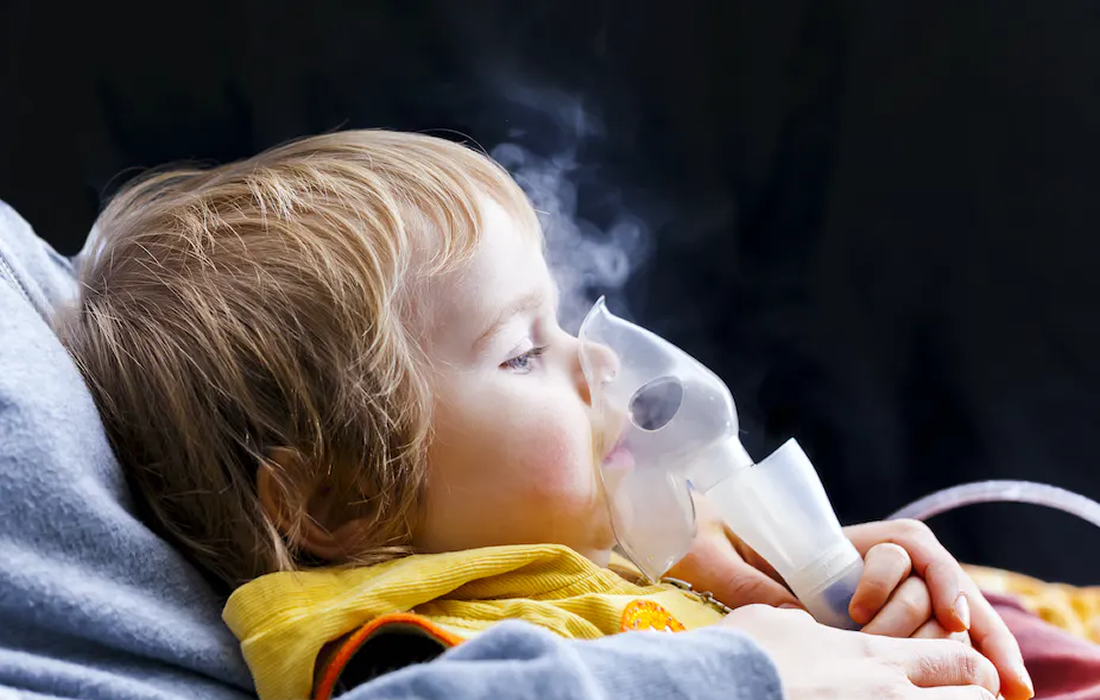Regenerative Medicine News and General Information
Second-Hand Smoke as a Risk Factor for Asthma not Only in Children, but Also in Grandchildren
Asthma is a common chronic disease worldwide and affects approximately 26 million persons in the United States. It is the most common chronic disease in childhood, affecting an estimated 7 million children, and it is a common cause of hospitalization for children in the United States.
The pathophysiology of asthma is complex and involves airway inflammation, intermittent airflow obstruction, and bronchial hyperresponsiveness. The mechanism of inflammation in asthma may be acute, subacute, or chronic, and the presence of airway edema and mucus secretion also contributes to airflow obstruction and bronchial reactivity. Varying degrees of mononuclear cell and eosinophil infiltration, mucus hypersecretion, desquamation of the epithelium, smooth muscle hyperplasia, and airway remodeling are present.
Airway hyperresponsiveness or bronchial hyperreactivity in asthma is an exaggerated response to numerous exogenous and endogenous stimuli.
Physical findings vary with the severity of the asthma and with the absence or presence of an acute episode and its severity. The severity of asthma is classified as intermittent, mild persistent, moderate persistent, or severe persistent. Patients with asthma of any level of severity may have mild, moderate, or severe exacerbations.
General manifestations of asthma
.Cough may be the only symptom of asthma, especially in cases of exercise-induced or nocturnal asthma. Children with nocturnal asthma tend to cough after midnight and during the early hours of morning. Chest tightness or a history of tightness or pain in the chest may be present with or without other symptoms of asthma, especially in exercise-induced or nocturnal asthma.
Wheezing, a musical, high-pitched, whistling sound produced by airflow turbulence, is one of the most common symptoms. In the mildest form, wheezing only ends expiratory. As severity increases, the wheeze lasts throughout expiration. In a more severe asthmatic episode, wheezing is also present during inspiration. During a most severe episode, wheezing may be absent because of the severe limitation of airflow associated with airway narrowing and respiratory muscle fatigue
Factors that have been implicated include urbanization, air pollution, passive smoking, and change in exposure to environmental allergens.
New study suggests second-hand smoke as a risk factor for Asthma not only in children, but also in grandchildren.
Led by University of Melbourne researchers, Mr Jiacheng Liu and Dr Dinh Bui, looked at 1689 children who grew up in Tasmania, their fathers and their paternal grandparents.
They compared data on whether the children had developed asthma by the age of seven years with data on whether the fathers grew up with parents who smoked when they were under the age of 15. They also included data on whether the fathers were current or former smokers.
They found that the risk of non-allergic asthma in children increases by 59 per cent if their fathers were exposed to second-hand smoke in childhood, compared to children whose fathers were not exposed. This risk was even higher, at 72 per cent, if the fathers were exposed to second-hand smoke and went on to smoke themselves.
This is where factors in our environment, such as tobacco smoke, interact with our genes to modify their expression. These changes can be inherited but may be partially reversible for each generation.
It’s possible that tobacco smoke is creating epigenetic changes in the cells that will go on to produce sperm when boys grow up. These changes can then be passed on to their children
SOURCE:
Jiacheng Liu, Gayan Bowatte, Jonathan Pham, Jennifer L. Perret, John W. Holloway, Adrian J. Lowe, John A. Burgess, Cecilie Svanes, Paul Thomas, Melissa A. Russell, Bircan Erbas, Caroline J. Lodge, David Martino, Gita D. Mishra, Michael J. Abramson, Eugene H. Walters, Shyamali C. Dharmage, Dinh S. Bui (August 4, 2022). Pre-pubertal smoke exposure of fathers and increased risk of offspring asthma: a possible transgenerational effect. European Respiratory Journal. Retrieved from: https://erj.ersjournals.com/content/early/2022/08/04/13993003.00257-2022
IMAGE:

